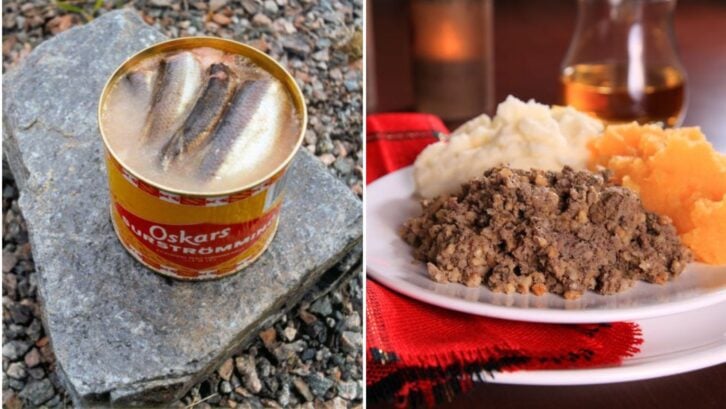You may think your mother-in-law’s tuna unusual casserole is a little strange, or turn up your nose when offered a bologna and mustard sandwich. But those food choices aren’t considered by most to be truly unusual (unless you’re not from the United States, in which case they might seem strange).
Meanwhile, there are plenty of beloved local delicacies around the world that may seem quite unusual to an outsider. As we look at some of the more outlandish foods from around the world, keep in mind that regional foods are popular for a reason. Keep an open mind, you might be surprised to find your new favorite treat.
1. Rocky Mountain Oysters
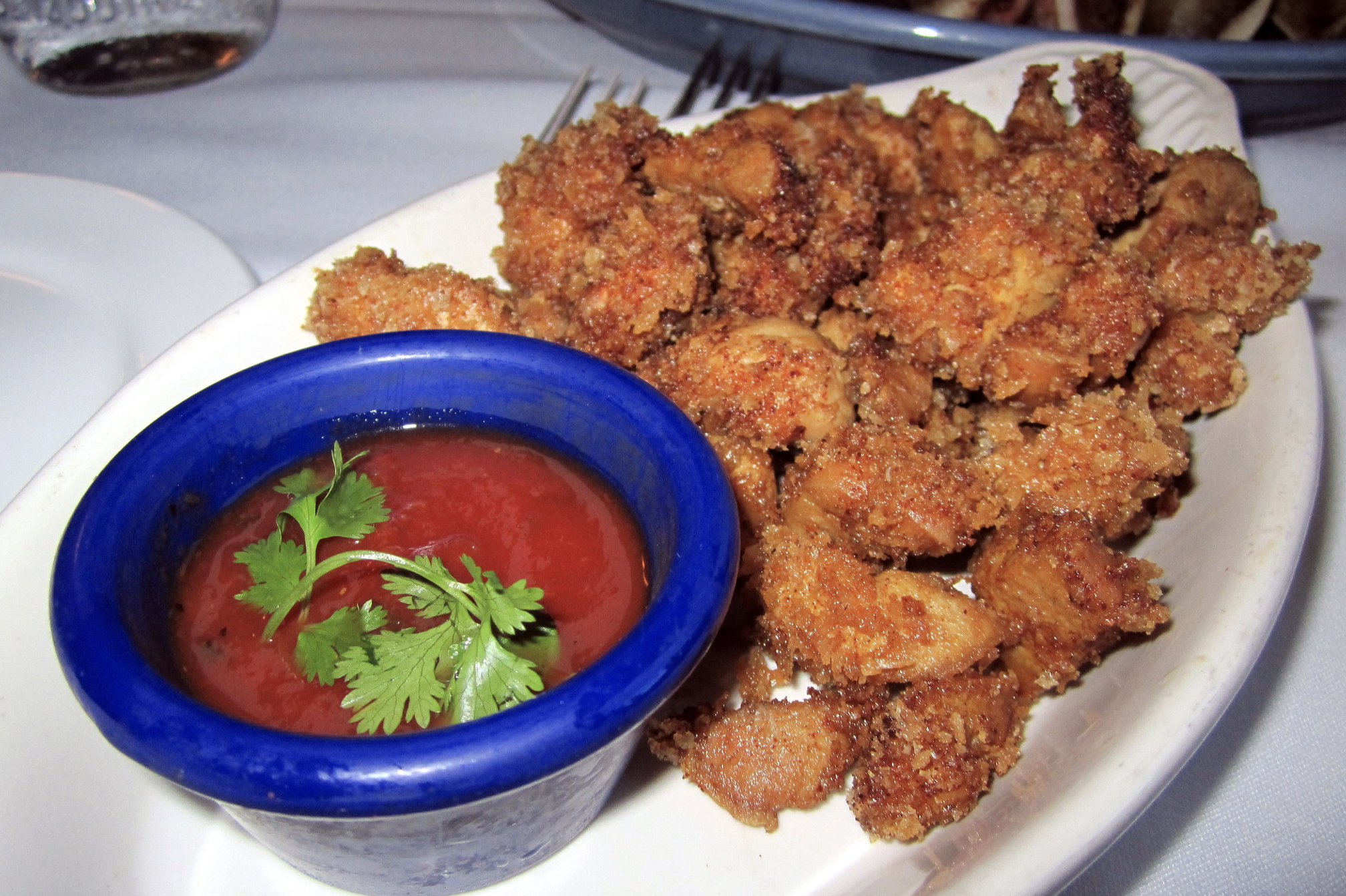
Eaten in parts of Colorado, Montana, Wyoming, and Texas, rocky mountain oysters aren’t seafood but instead bull or sheep testicles. They do, however, have the same chewy texture as calamari. In western Canada, they’re known as prarie oysters.
2. Surstromming
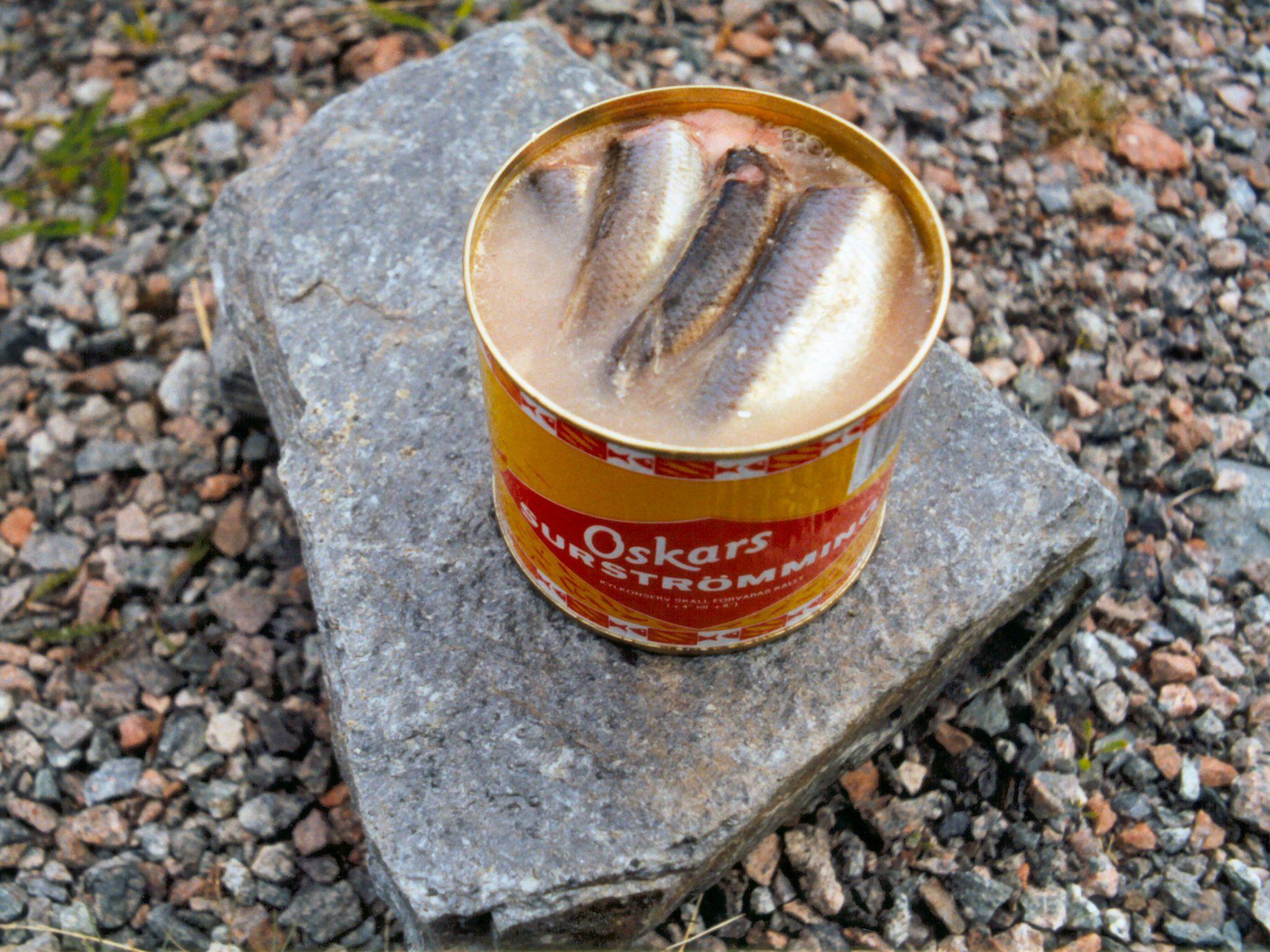
This traditional Swedish delicacy is only for those who aren’t faint of heart. Baltic Sea herring is fermented with enough salt to prevent it from rotting, then usually tinned in brine. When that tin is opened, the stink is so bad it has to be eaten outdoors.
3. Haggis
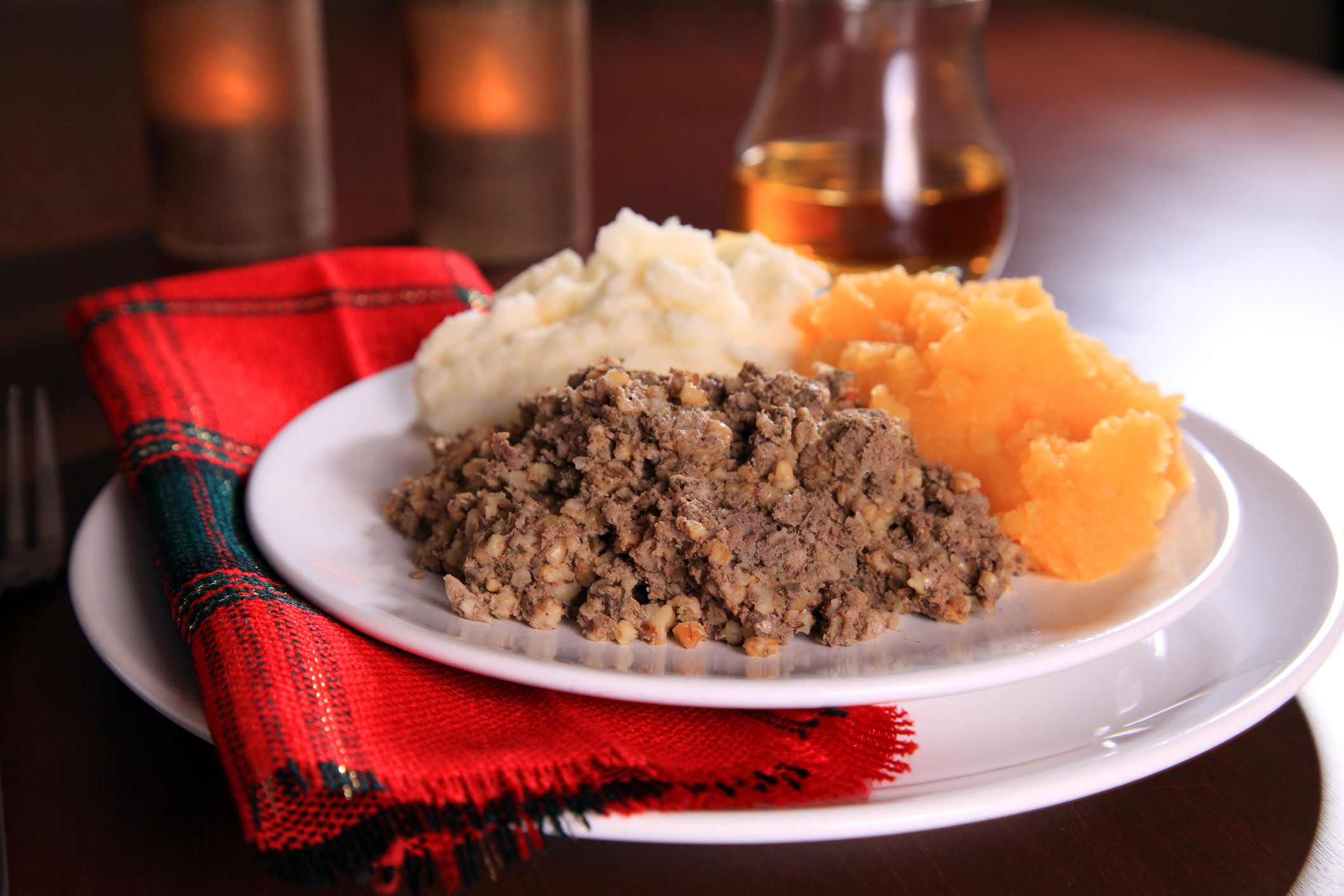
When you’re in Scotland, you might have the opportunity to try haggis, but don’t look for it in the U.S. Haggis has been banned in the U.S. since 1971 due to it having sheep’s lung in the mix. The traditional recipe is sheep’s offal mixed with oats, suet, onion, and spices cooked inside a sheep’s stomach, but if you get it at Scottish supermarkets today, it’s likely made from either lamb, beef, pork, or venison and the stomach has been replaced with artificial casings.
4. Chicken Feet
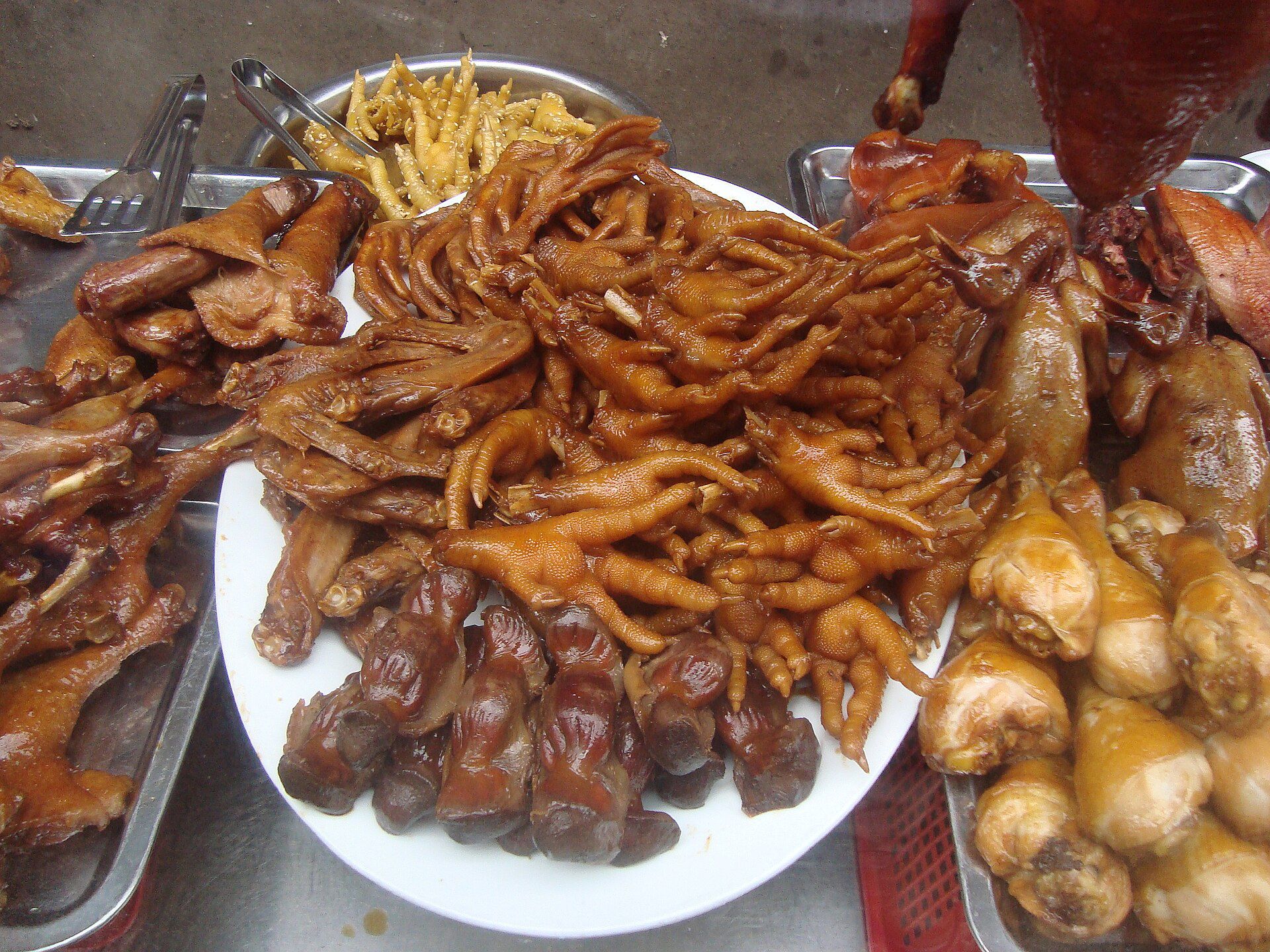
Though this part of the chicken doesn’t usually end up at most American grocery stores, the feet of our feathered friends are considered a delicacy in parts of China and Asia and can often be found at markets in Asian American communities in the U.S.
5. Shirako
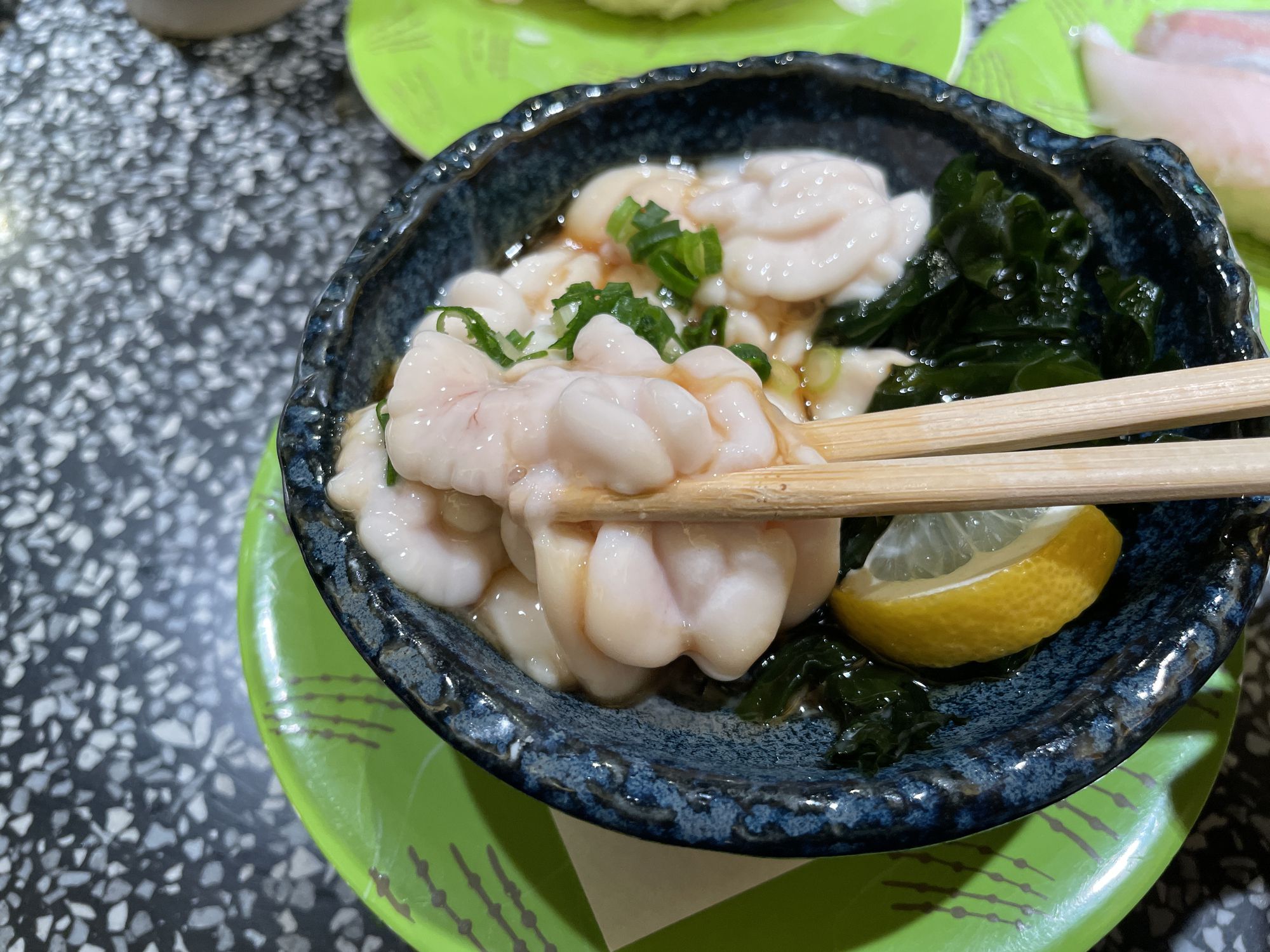
Well, this is far removed from the sushi and teriyaki most of us think of when we think of Japanese food. Shirako are the sperm sacs of various types of fish, including cod and pufferfish. It is apparently creamy and described as rich and briny.
Trending on Cheapism
6. Blood Pudding
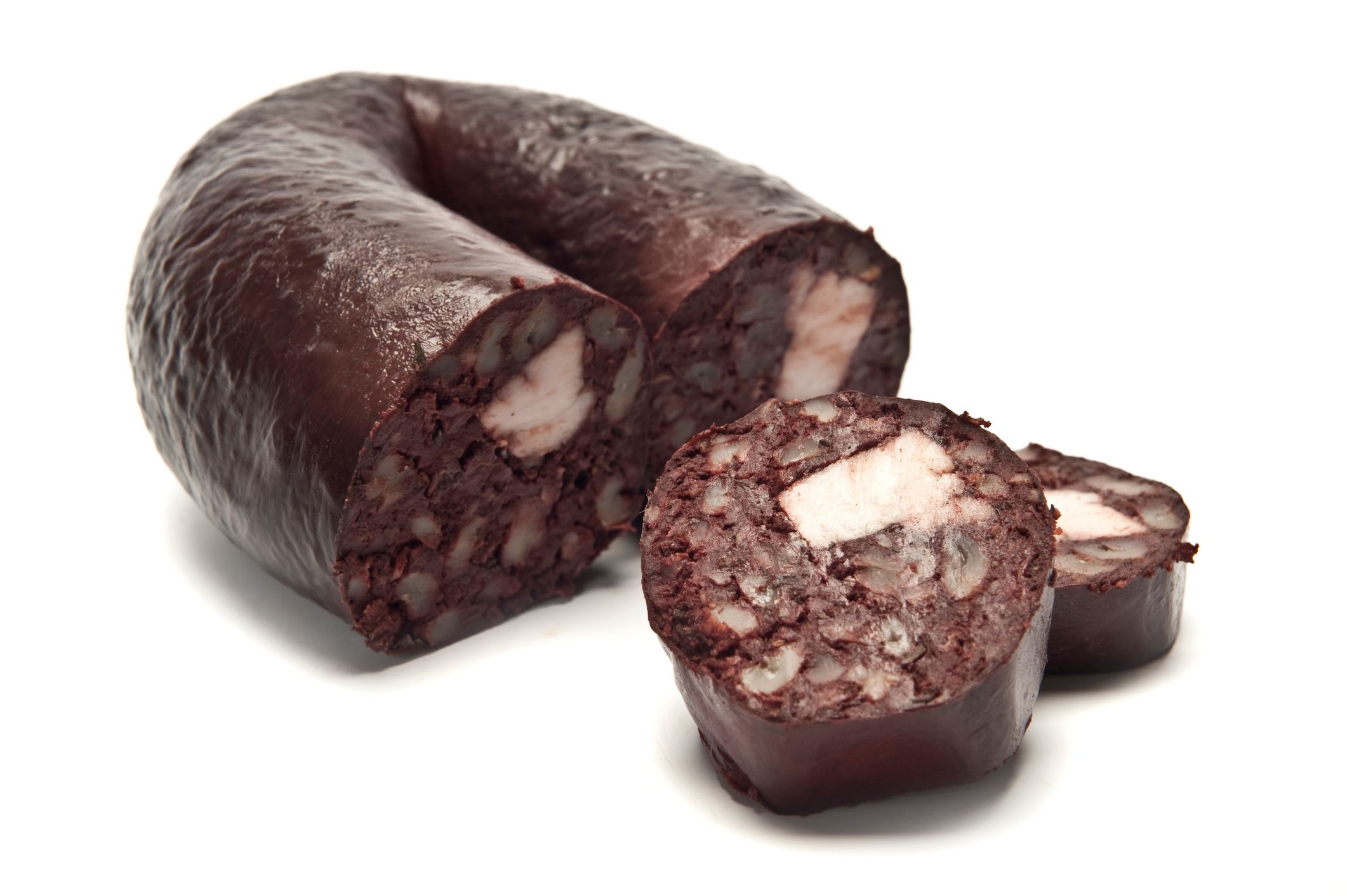
You can find a version of this almost everywhere, from the U.S. to Asia to Europe. While congealed blood cooked up with suet and breadcrumbs, then stuffed into a sausage casing isn’t everyone’s cup of tea (or blood), blood sausages been around for centuries and are an essential part of English breakfast.
7. Jellied Moose Nose
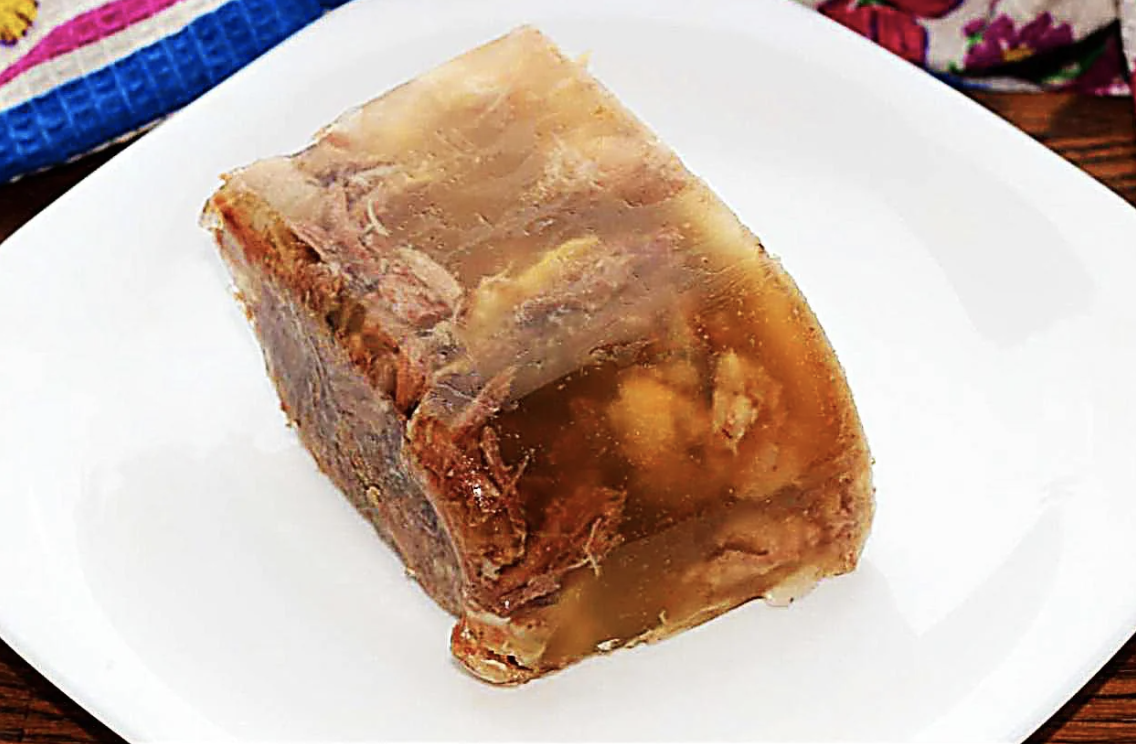
You can get this in Canada or Alaska (basically, anywhere you can find moose), and though it sounds like a fun name for a candy, it really is moose nose. A combination of white meat and dark meat, this is eaten largely within indigenous cultures, though TV chef Andrew Zimmern tried it and compared it to corned beef.
8. Balut
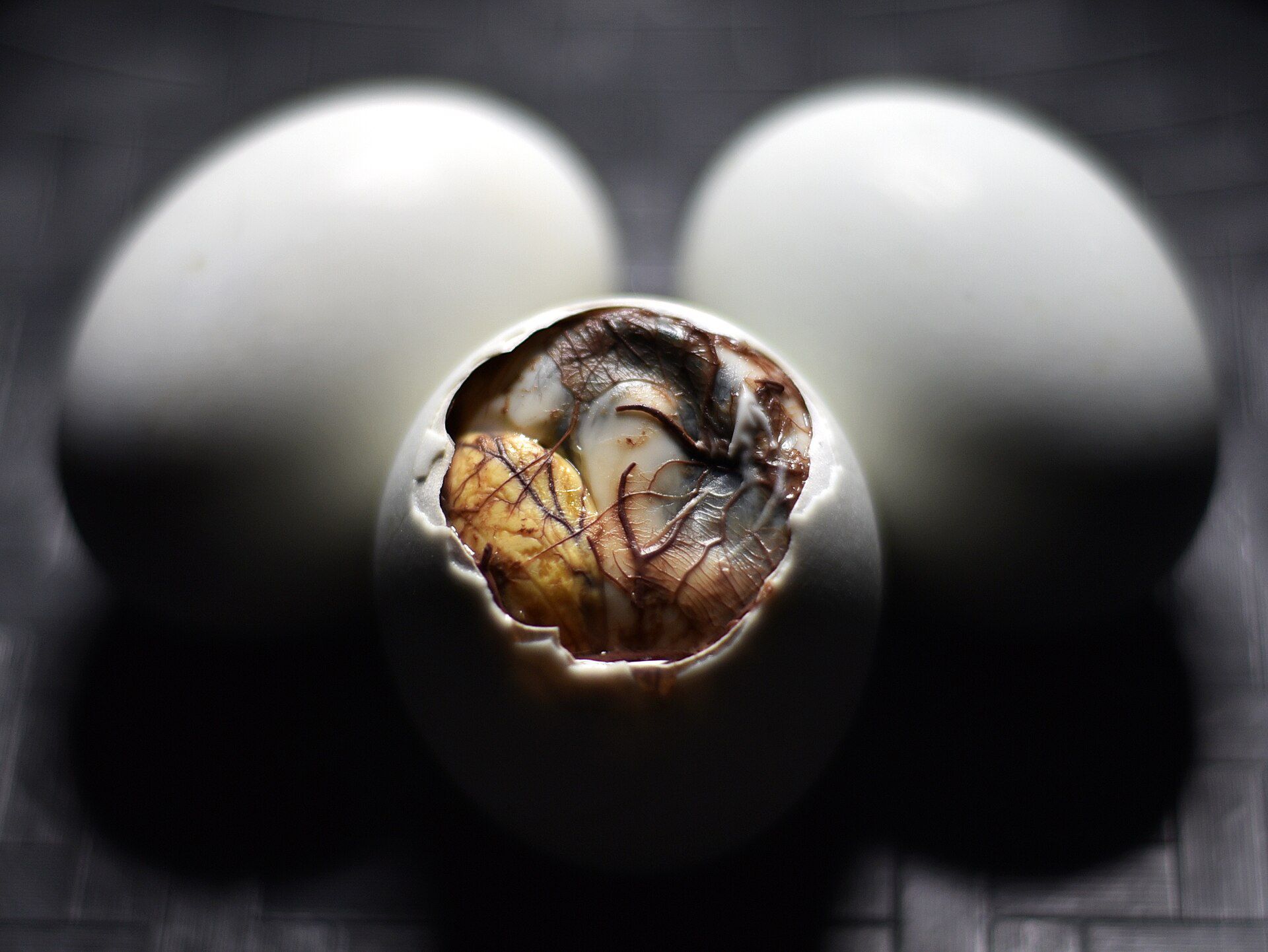
Balut is available in the Phillipines and other parts of South Asia, but might not be for all appetites. It’s a fertilized duck egg boiled and eaten directly from the shell. But before you shrug it off as a plain, old egg dish, there are some details to note. The egg embryo develops for 14 to 21 days before being cooked. To eat the completed balut, you make a hole in the shell to suck out the liquids, then crunch away on the rest.
Sign up for our newsletter
9. Khash
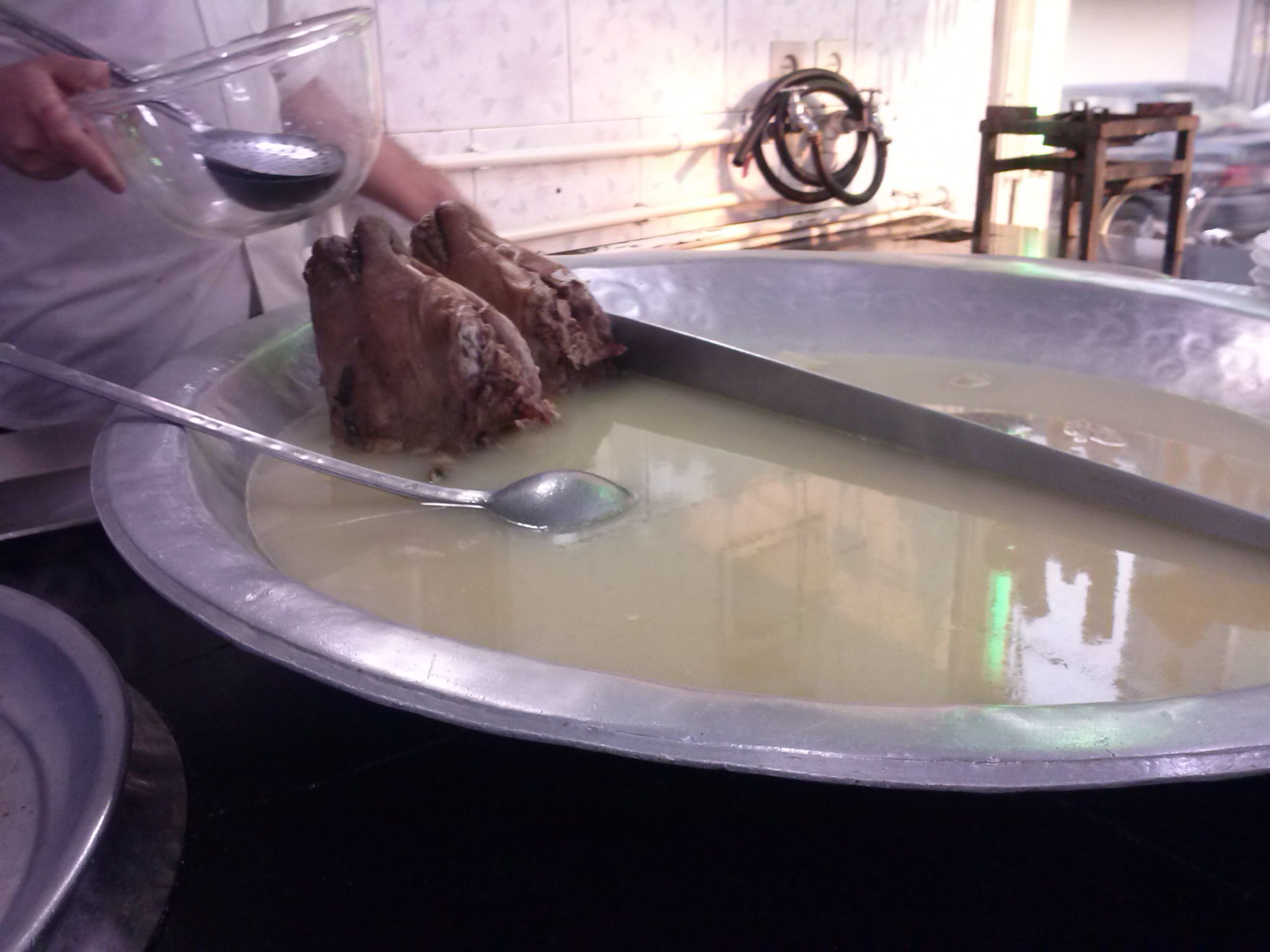
This Middle Eastern treat may not be for everyone — it’s stewed cows feet and heads. If you don’t mind your meal staring at you, do know that some consider it a delicacy. Armenians swear by it as a hangover cure, too.
10. Fried Tarantulas
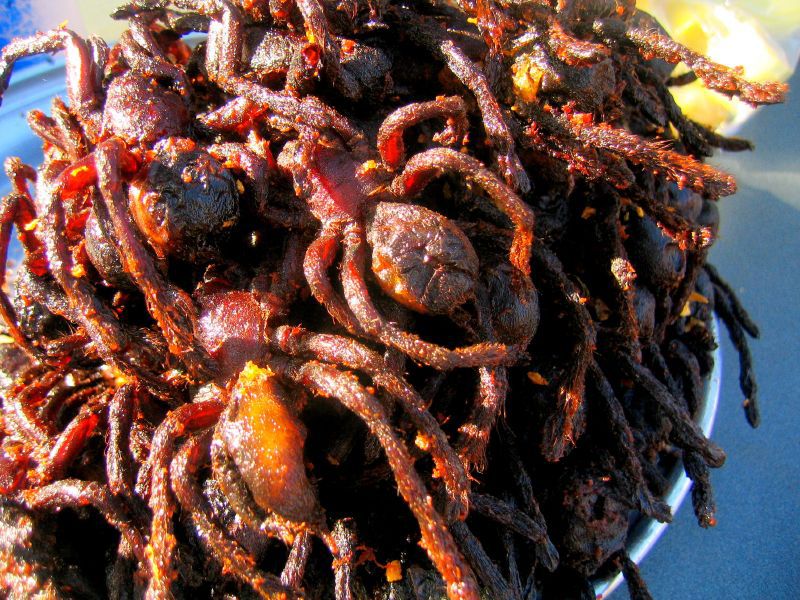
While these may look like the stuff of horror movies to some, fried tarantulas are a popular street food in Cambodia, where they’re valued as a delicious source of protein. While “Hell’s Kitchen” chef Gordon Ramsay can’t sell these as tasty, you may feel differently.
11. Tripe

The stomach lining of a farm animal, tripe is eaten all over the world. It’s high in collagen and protein, though it also has plenty of cholesterol. It usually ends up in soup or stew. So keep an eye out for any honeycomb-like substance in your next bowl.
12. White Ant Egg Soup
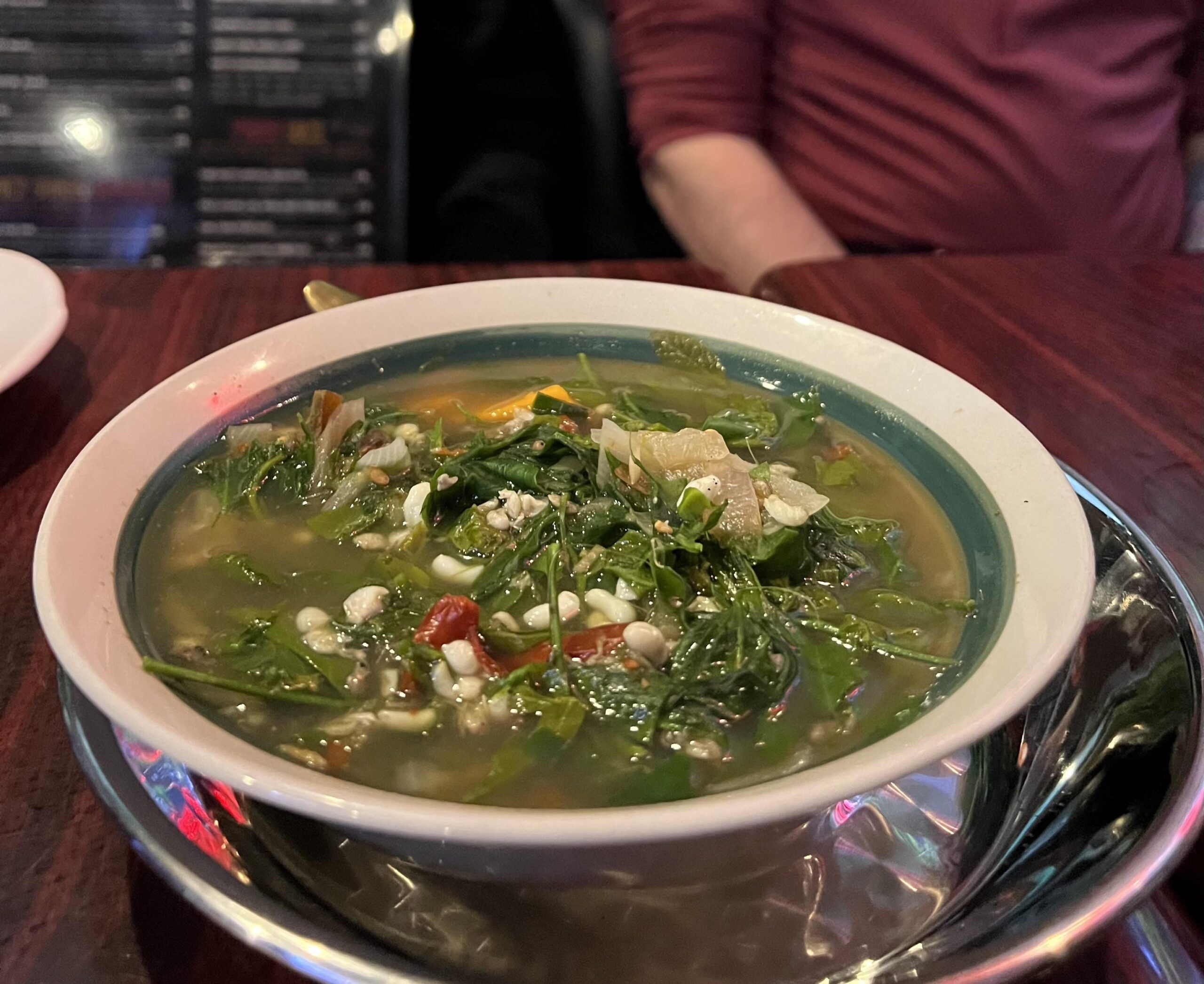
This is known as Gaeng Kai Mot Daeng in Laos, and can be found in Thailand and Cambodia, too. The soup is made by simmering ant eggs (harvested from ant nests) with broth, herbs, and vegetables.
13. Huitlacoche

Known as corn smut or corn truffle in Mexico, this traditional food be an acquired taste for some. Huitlacoche is a fungus that feeds off immature corn kernels, resulting in blue-grey bulbous formations farmers in the U.S. usually toss aside. It’s enjoyed for it’s rich, smoky and earthy flavors and if you want to try it, huitlacoche can usually be found in cans and jars in Latino supermarkets.
14. Hákarl
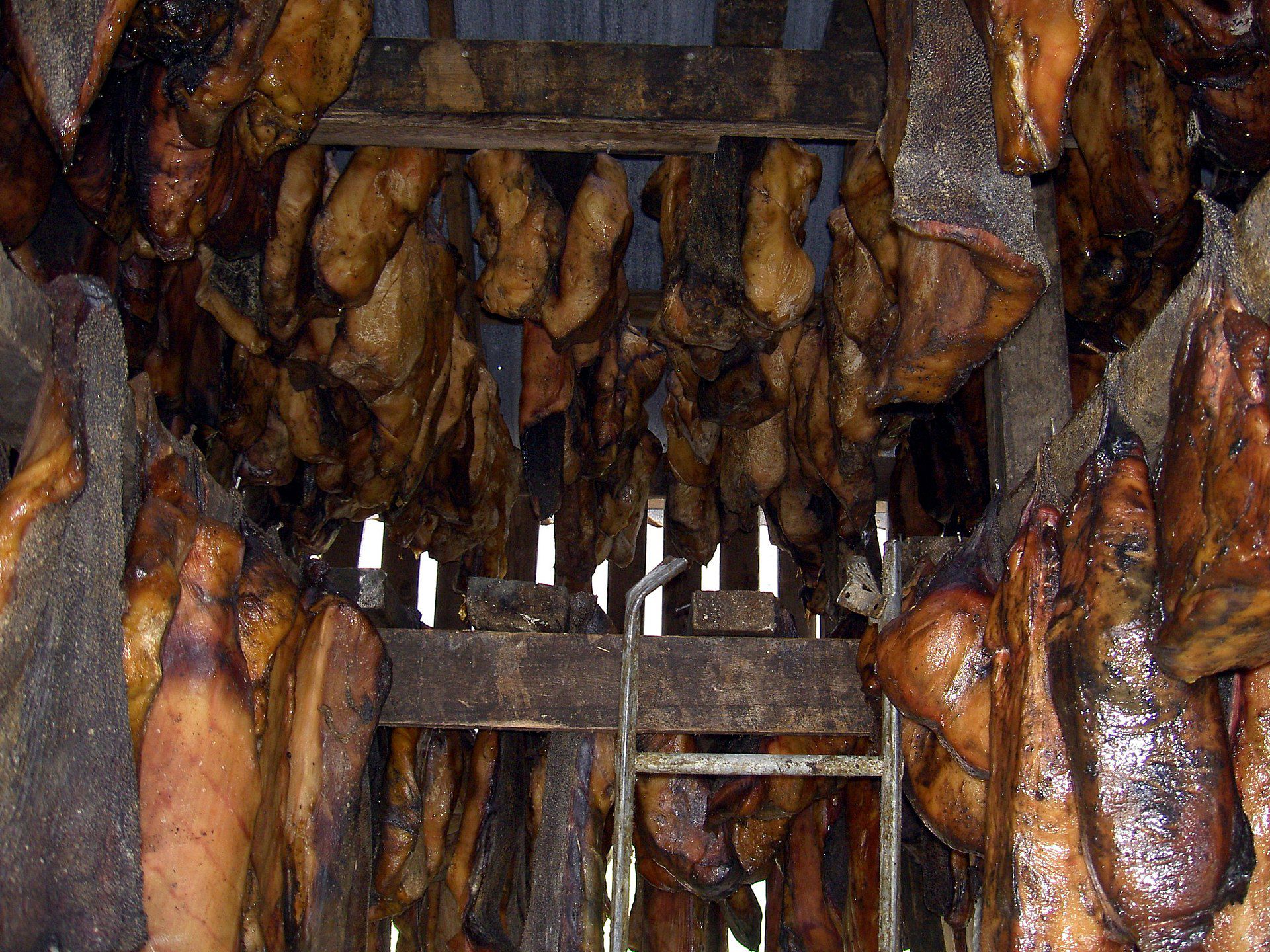
Hand it to the people in Iceland, because whoever thought to eat the rotting shark after burying it underground in a shallow pit and pressing it with stones so the poisonous internal fluids drain out must have been really, really hungry. After the draining and burying, it’s hung out to dry before being cut into strips. It was described by none other than late chef Anthony Bourdain as “the single worst, most disgusting and terrible tasting thing” he’d tried.
15. Spam
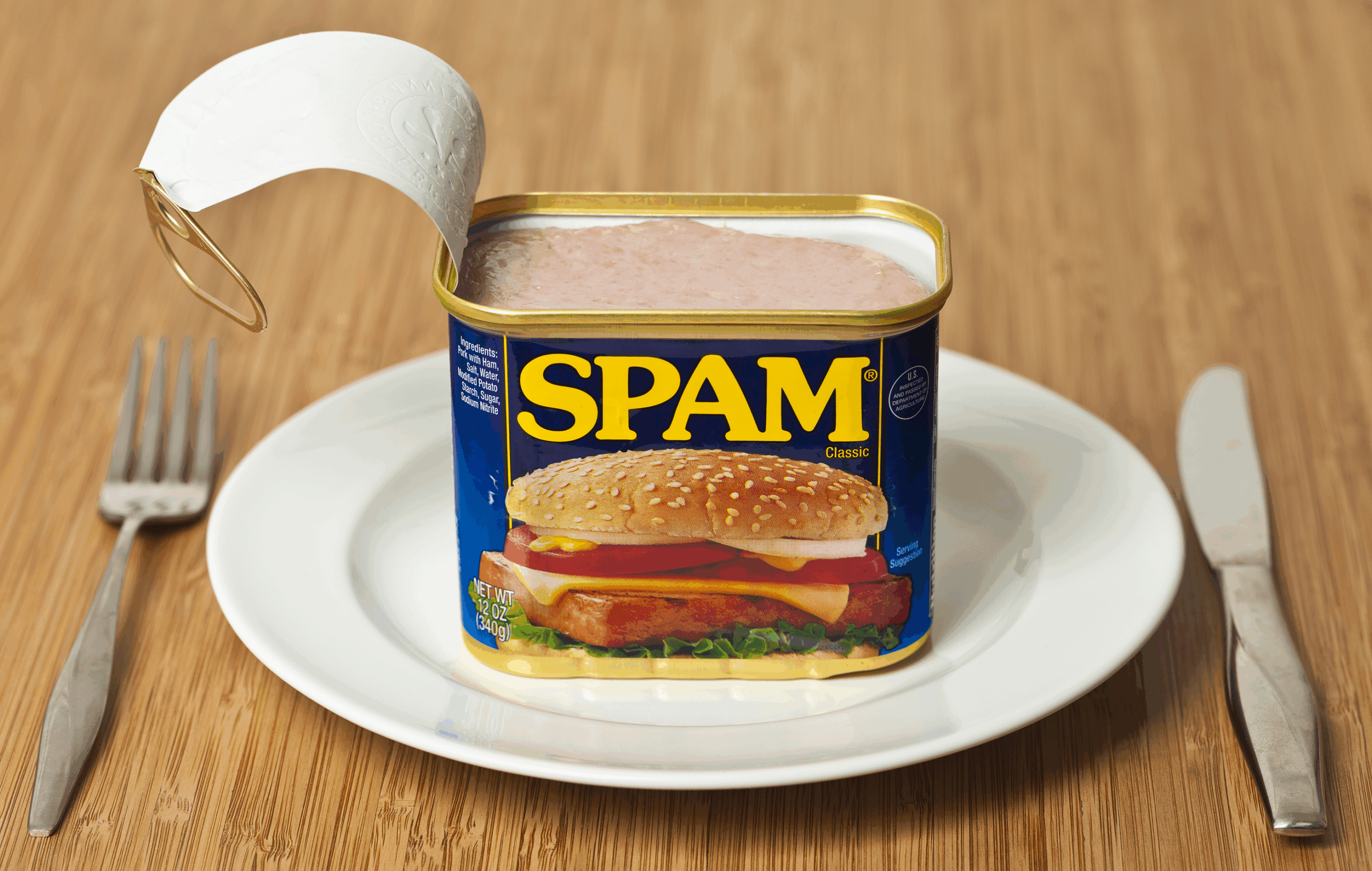
This canned meat product, which became hugely popular in South Korea during the Korean War but is on many American tables as well, is both a running joke and a part of the language (Where did you think spam email came from?). Spam is made from a blend of ground pork shoulder and ham hock, salt, water, modified potato starch, sugar, and sodium nitrate. And, if you’ve ever opened a can of the stuff, be assured the gelatin at the top forms naturally.
16. Airag
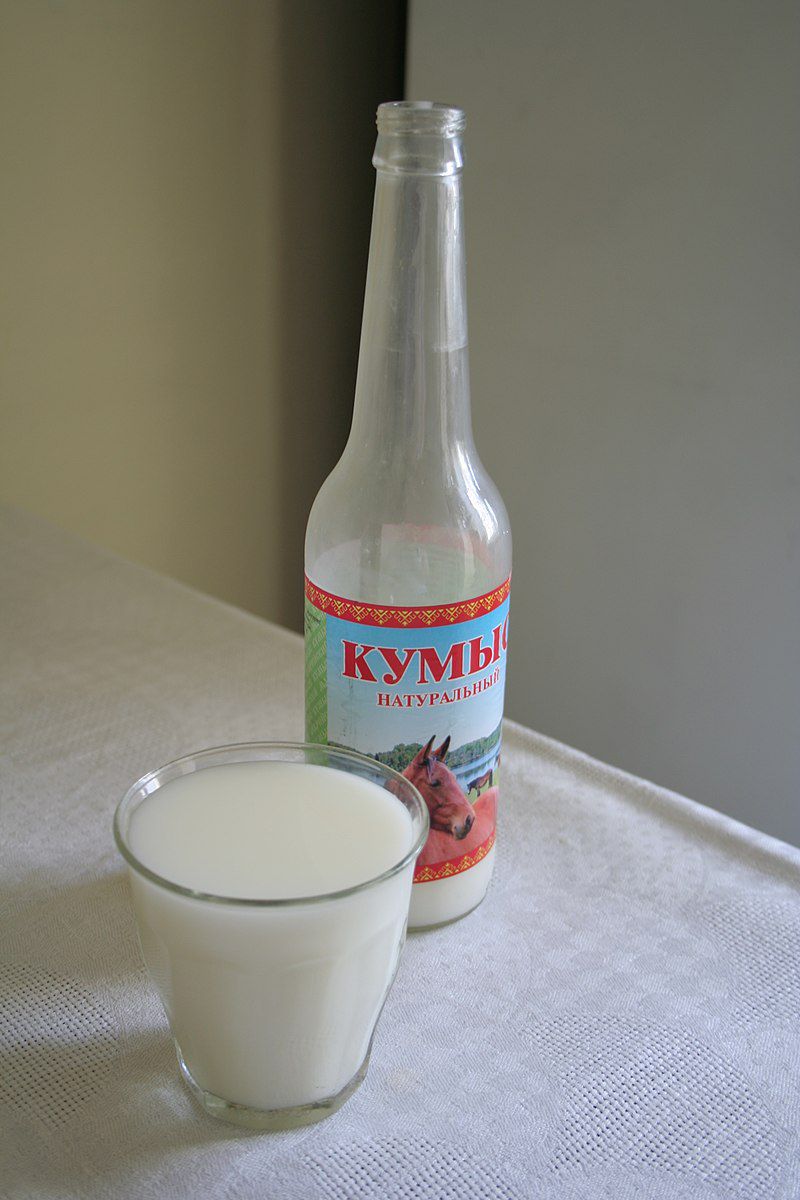
This is fermented horse milk that’s both nutritious and slightly alcoholic. It can be found in Mongolia, Kazakhstan, Kyrgyzstan, and parts of Russia. If you’re wondering, it’s described as sweet and slightly sour.
17. Stargazey Pie

This is an English fish pie with a compelling story behind it. Originating from the Cornish village of Mousehole, stargazey (also stargazy) pie is traditionally served on Tom Bawcock’s Eve (December 23rd). Apparently, Bawcock caught a substantial enough haul to spare his 16th-century village from starving, despite stormy weather. The fish poke their heads out of the crust to create a “whimsical” dish, but that seems pretty ghoulish, honestly.
18. Casu Marzu
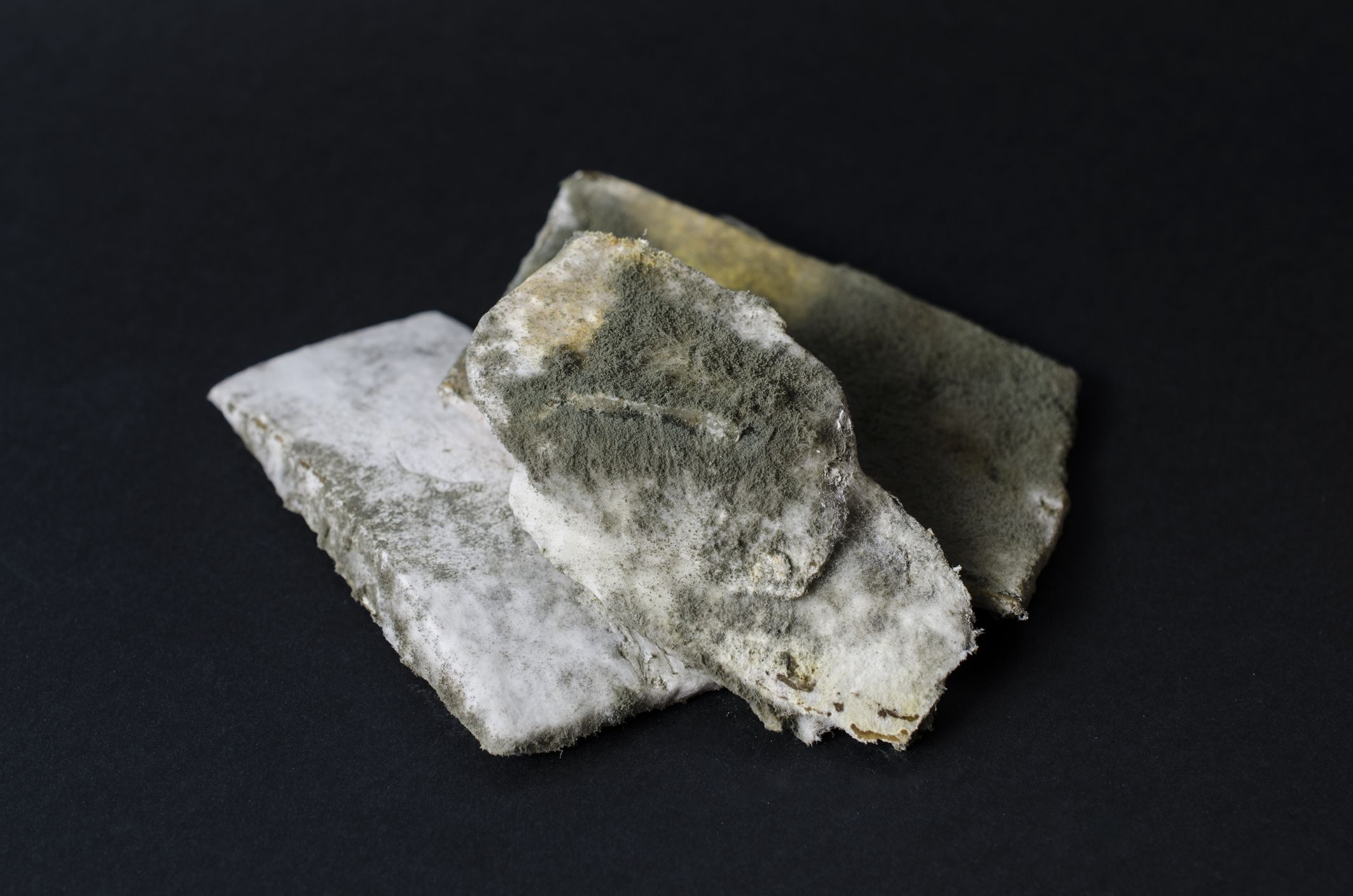
Sardinia tests anyone’s appetite with this stuff, which is rotten cheese — and then some. The larvae of cheese flies are added to Pecorino cheese so they can hatch inside and accelerate the ripening process. This makes the cheese soft and creamy as well as smelly. Oh, and if we didn’t mention it, the larvae are still alive when the cheese is served to add a little tang to what you eat.
19. Sannakji

This South Korean dish isn’t that unique — but the preparation is. This dish, which translates to “raw octopus,” a small live octopus is cut into pieces and served quickly so that the tentacles are still moving. And if you’re thinking, hmm, that doesn’t sound safe, you may have a point. An 82-year-old man had a heart attack and died after choking on sannakji.
20. Salo
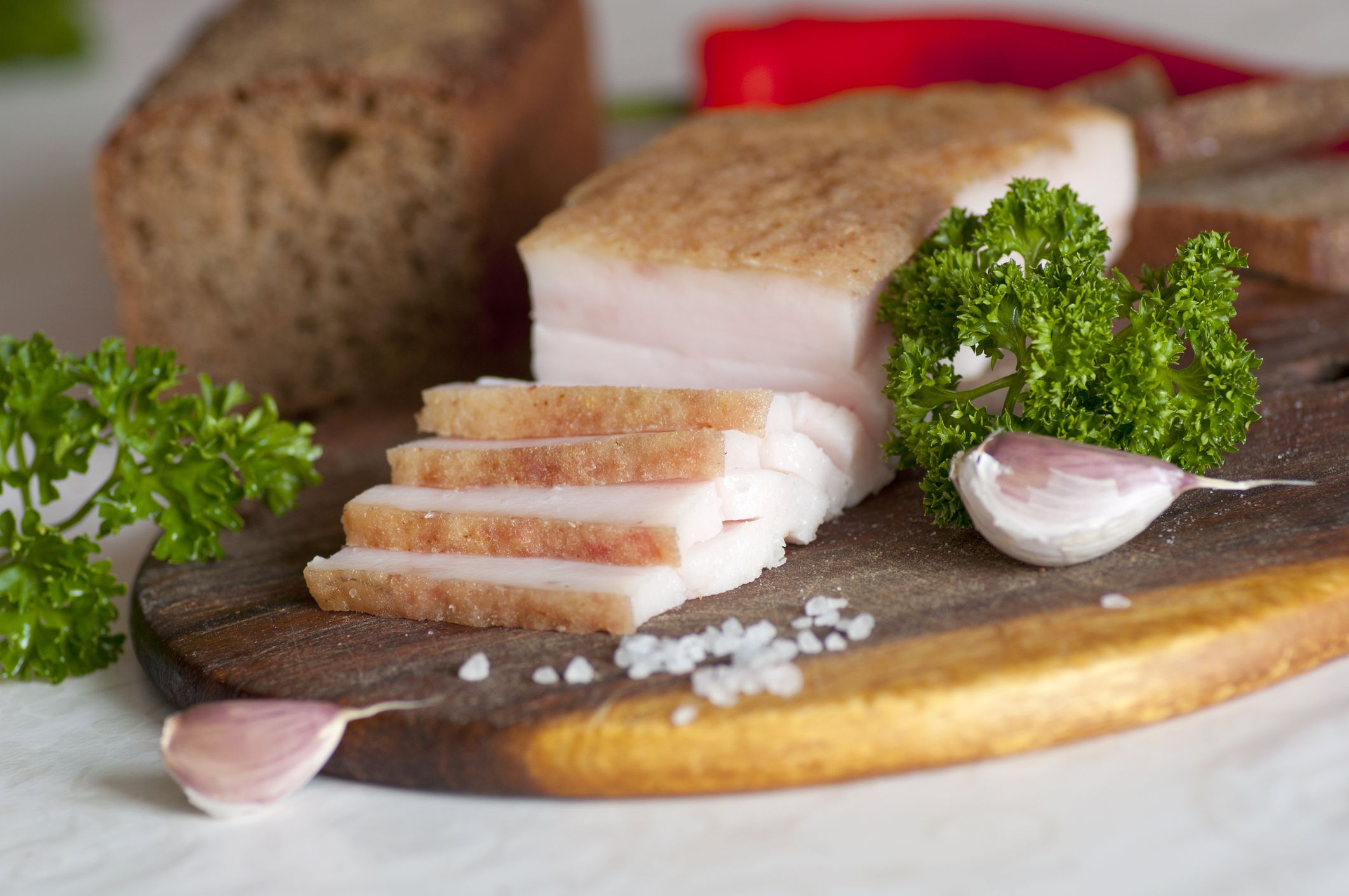
Ukrainians cure slabs of pork fatback seasoned with salt and sometimes herbs and garlic for weeks or even months, then slice the result thinly and serve with bread, pickles or onion or just on its own. This can be eaten raw or cooked, and Ukrainians love salo so much they actually have two festivals devoted to the lardy treat — Salo Festival held in Poltova each February and With Love to Salo held in Lutsk every September.
21. Hundred Year Old Egg
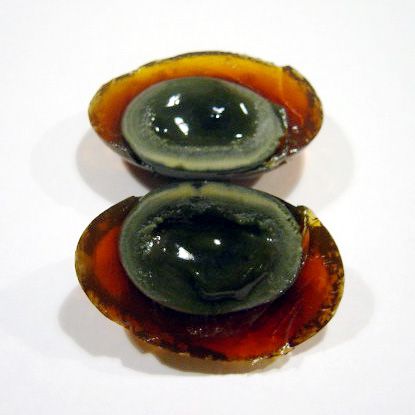
While this isn’t an egg that’s sat around for a century, it has been preserved in a mixture of clay, ash, and quicklime for a few months to create this Chinese delight. In addition to smelling like sulphur, the yolk turns dark green or black while the white turns brown. The taste is described as salty and creamy.
22. Jing Leed
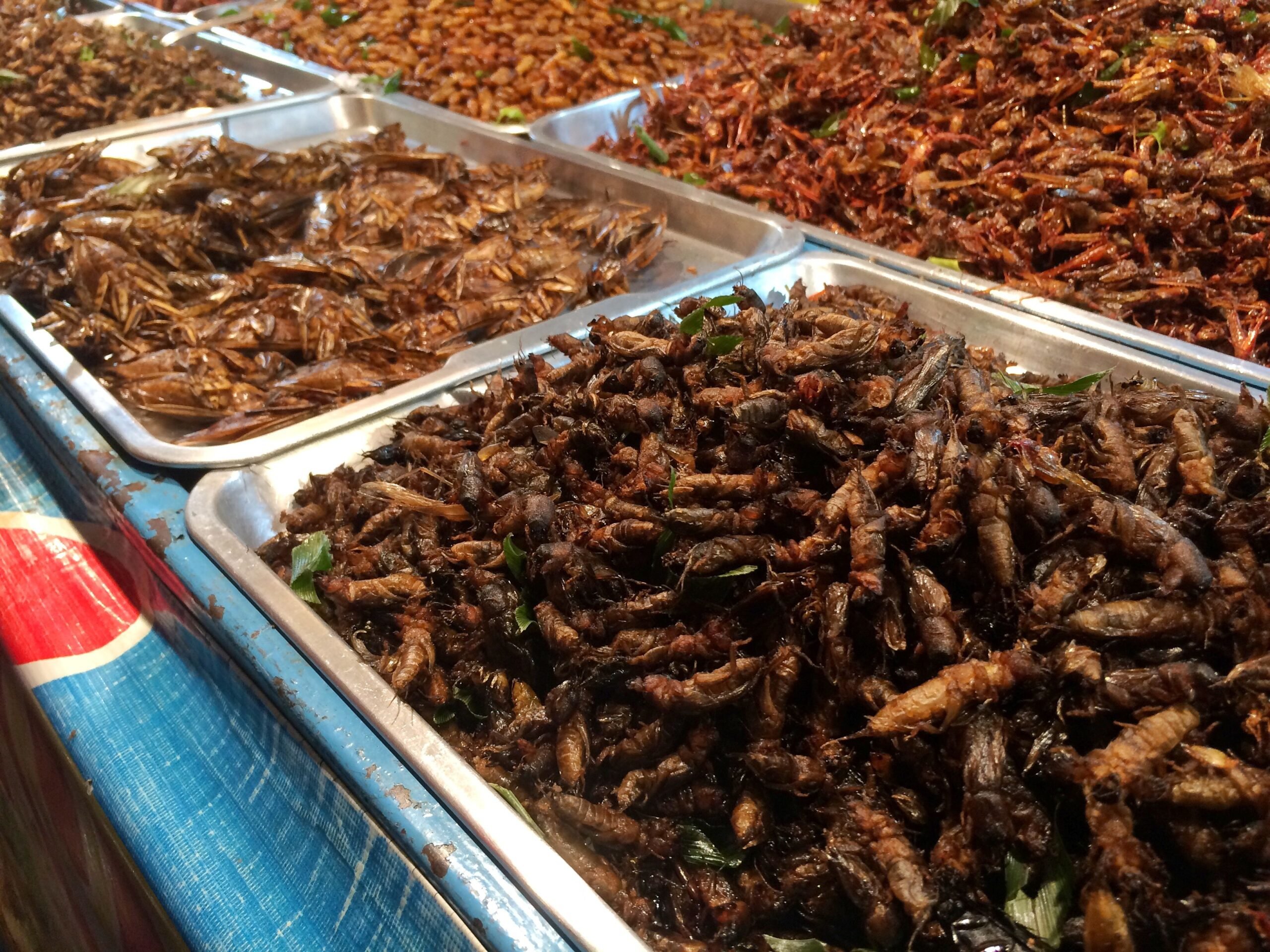
This Thai dish features fried crickets often seasoned with salt, pepper, and chili, so they probably have a nice kick to them — but they’re still crickets. These are said to taste a bit like popcorn.
23. Wasp Crackers
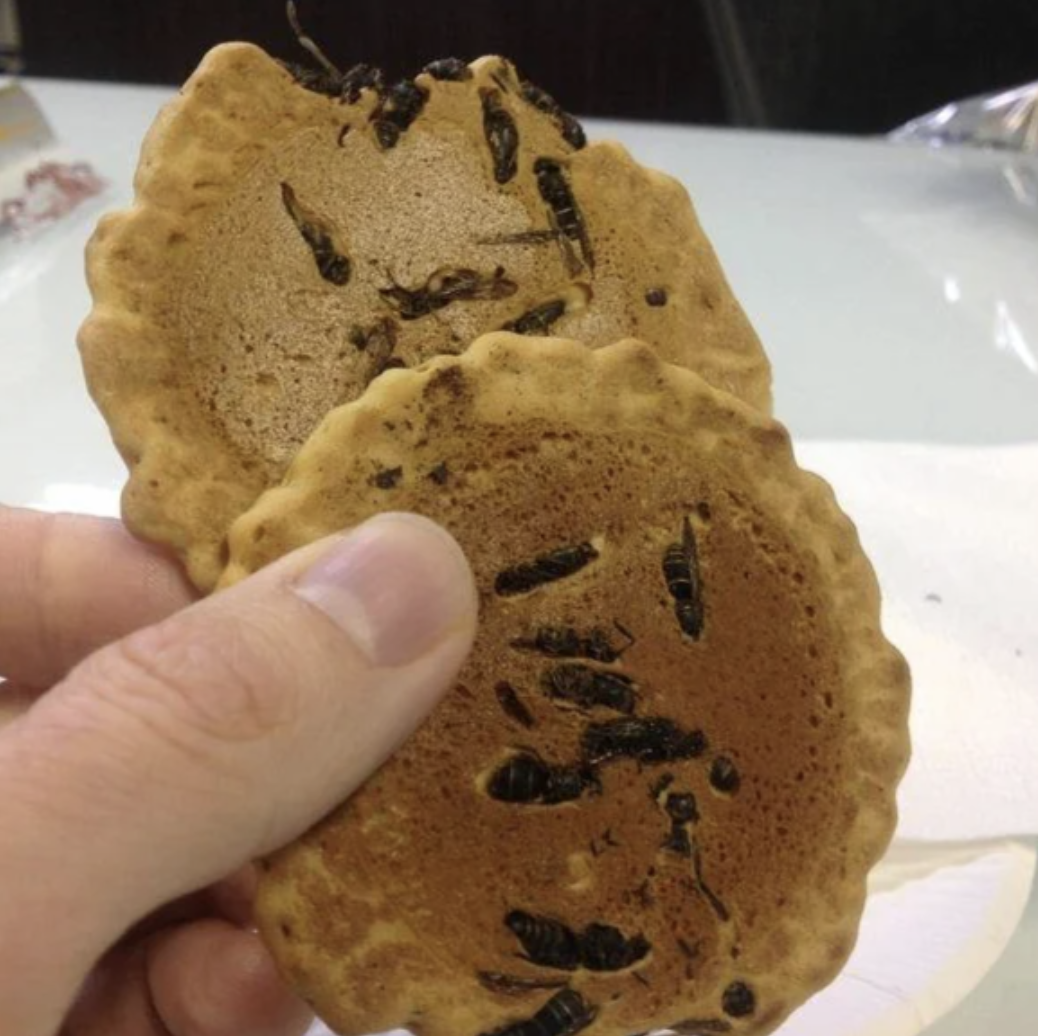
Not all rice crackers are the same in Japan — some have wasps in them. While younger people aren’t as interested in this confection, the crackers with digger wasps are a hit with seniors.
24. Witchetty Grub
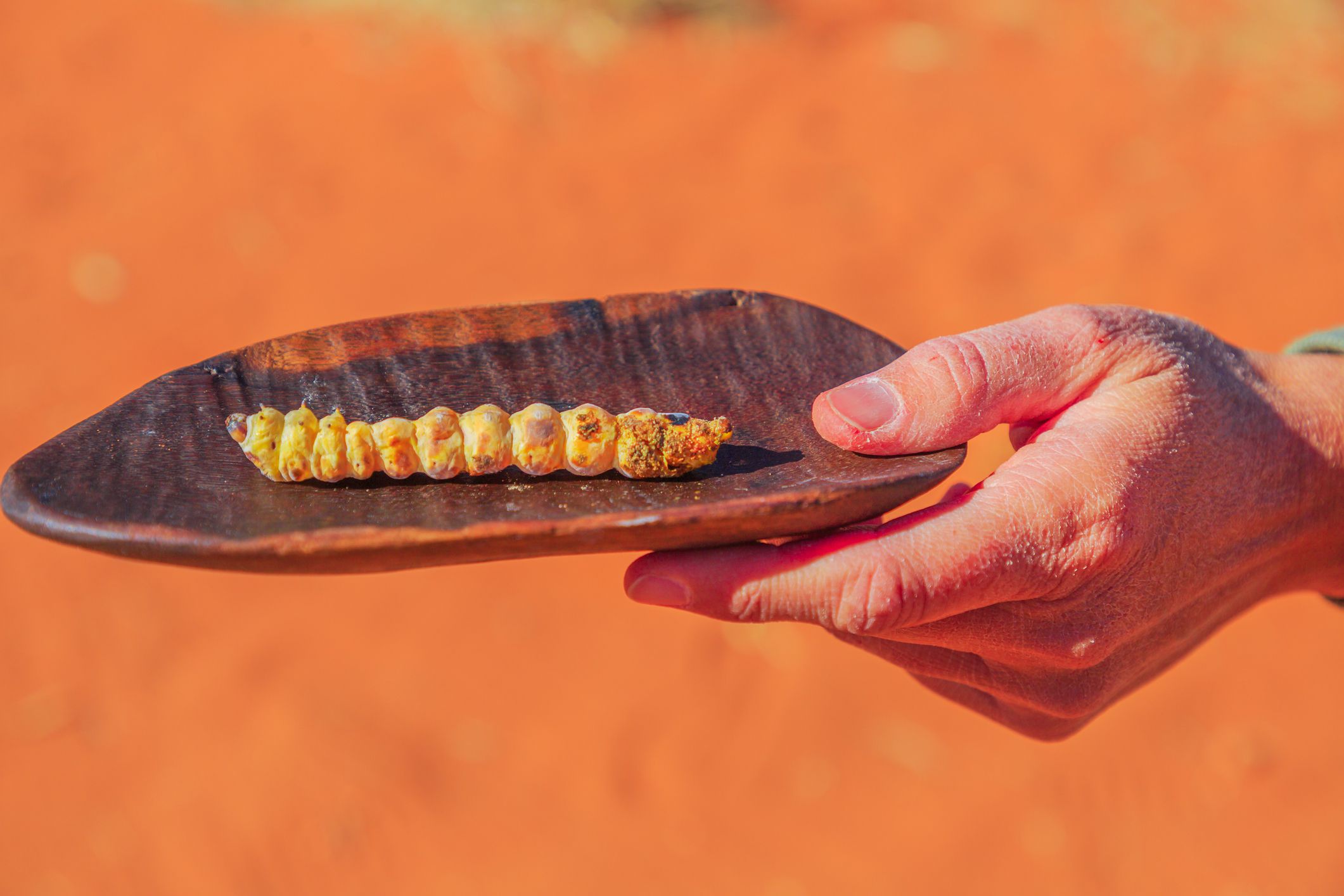
The indigenous people of Australia have adopted this grub, which is a caterpillar of a large cossid wood moth, into their diet and either eat them raw (which tastes like almonds) or cook them. Once treated to heat, the skin becomes crispy and the insides have the consistency of scrambled egg.
